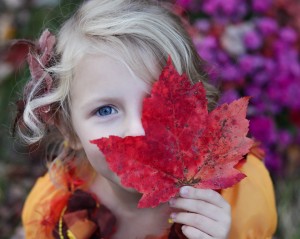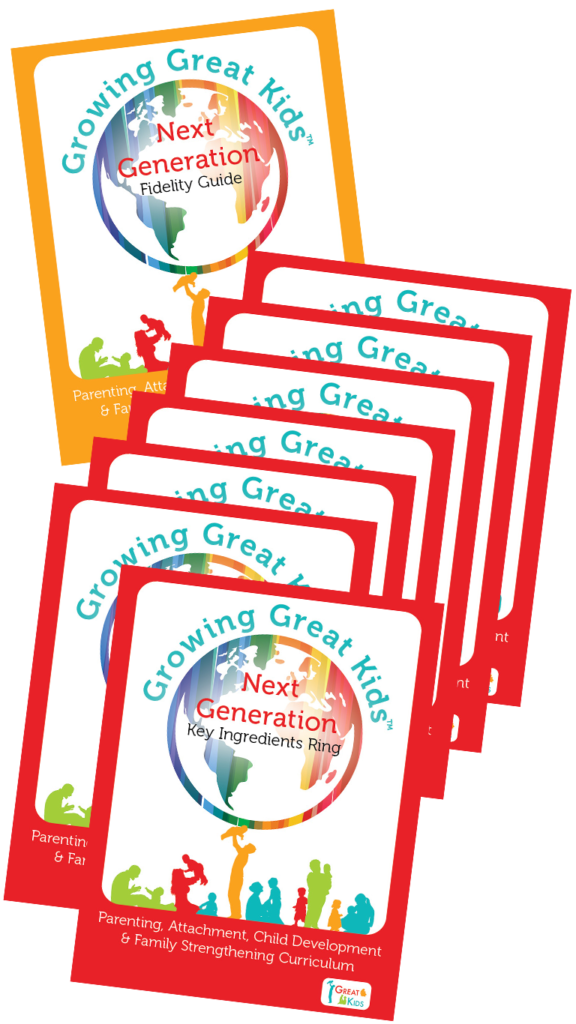As summer comes to an end, fall quickly approaches. Many people await the season with excitement as the leaves begin to change and the temperatures slowly drop. Despite the refreshing changes the season brings about, it also comes with lots of sneezing, sniffling, and coughing. Yes, the fall season is infamous for the flu. Though this virus is well known, it is easy for caregivers to forget how dangerous it can be for infants and children. As yesterday marked the end of summer, our discussion today will focus on how to prepare for the arriving flu season.
Influenza, commonly known as the flu, can often be mistaken for the common cold, but usually strikes more suddenly and makes you feel much worse than a cold does (Canadian Pediatric Society, 2015). According to the Canadian Pediatric Society (CPS) (2015) and the Centers for Disease Control and Prevention (CDC) (2017), infants and children can experience a wide range of symptoms from the flu. These symptoms include:
• Fever or feeling feverish
• Dry cough and sore throat
• Headache
• Muscle/body aches
• Fatigue
• Runny or stuffy nose
• Vomiting and diarrhea, especially common in children
Most people recover quickly from the flu, but it is crucial for caregivers to understand that young children are at a high risk for developing complications (CPS, 2015). A bout of the flu can lead to pneumonia, bacterial infections, croup, and bronchiolitis in children. Unfortunately, the virus is highly contagious and spreads easily among groups of children – particularly in childcare settings (AAP, 2016). Even though infants and children can easily catch the flu, there are several steps caregivers can take to keep their little ones protected.
The CPS (2015) and the CDC (2016) recommend the following precautions this flu season:
- If you have a child who is 6 months or older, speak with a healthcare provider about the flu vaccine
- Wash hands frequently, especially after coughing, sneezing, or wiping noses
- Avoid touching your nose, eyes, and mouth as these areas allow for spreading of germs
- Clean and disinfect areas that could be contaminated with flu germs
- Avoid letting your child share toys that other children have placed in their mouth
- Do not share cups, utensils, or towels
- When coughing or sneezing, use a tissue to cover your mouth or nose
There are no GGK modules that specifically discuss the dangers of the flu virus for infants and children, but there are various subsections that can support caregivers in keeping their little ones healthy and free of illness. When preparing for upcoming home visits, please keep the following sections in mind:
Growing Great Kids Birth to 12 Months Manual
0-3 Months: Basic Care – When Baby Is Sick or Needs Health Care
4-6 Months: Basic Care – Keeping Your Baby Healthy
4-6 Months: Basic Care – Body Builders Daily Do Introduction
10-12 Months: Basic Care – Keeping Your Baby Healthy
Growing Great Kids 13 to 24 Months Manual
13-15 Months: Basic Care – Body Builders Daily Do
13-15 Months: Basic Care – Routine and Responsive Health Care
As you enjoy the break that Fall brings, don’t forget to protect your family from illness! Remember, even though young children are susceptible to viruses, there are lots of things caregivers can do to keep kids healthy this upcoming flu season.
References
American Academy of Pediatrics. 2016. Preventing the flu: Resources for parents and child care providers. Retrieved from: https://www.healthychildren.org
Canadian Pediatric Society. 2015. Influenza in children. Retrieved from: http://www.caringforkids.cps.ca
Centers for Disease Control and Prevention. 2017. Flu symptoms & complications. Retrieved from: https://www.cdc.gov
Centers for Disease Control and Prevention. 2016. Preventive steps. Retrieved from: https://www.cdc.gov


